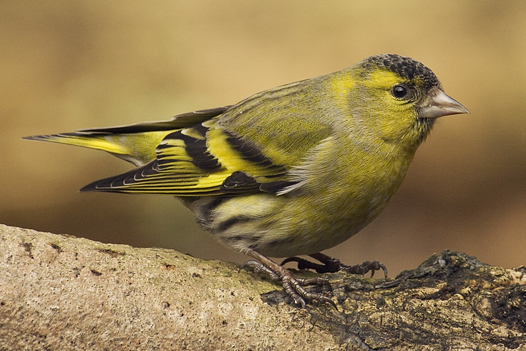Facts About Eurasian siskin
The Eurasian siskin, also known as the European siskin, common siskin, or simply siskin, is a charming small bird that belongs to the finch family, Fringillidae. These birds are widespread across Europe and Eurosiberia, predominantly inhabiting forested areas where they enjoy feeding on seeds. They are easily recognizable by their greyish-green plumage, yellow wing bars, and, in males, a striking black cap.
Originally described by Carl Linnaeus, the siskin has recently been reclassified into the genus Spinus due to contemporary studies. Despite their extensive range, all Eurasian siskins belong to a single species with no distinct subspecies. It is fascinating to consider the possibility that these birds might have migrated from Europe to America at some stage in their evolutionary history.
Physically, siskins are small, with notable sexual dimorphism between males and females. They have a rapid flight pattern and are often observed feeding upside-down. Their diet primarily consists of seeds, which vary depending on the season and locale.
During breeding season, siskins favor coniferous woodlands. The female typically lays between 2 to 6 eggs in a small nest constructed from twigs, grass, and lichen. The chicks are altricial, remaining in the nest for about 15 days before fledging.
Eurasian siskins are gregarious, often forming small flocks during autumn and winter. Their song is a delightful mixture of twitters and trills that can brighten any day. Fortunately, they are not considered threatened, with an estimated global population of between 20 and 36 million.
In human culture, siskins are admired for their melodious song and attractive appearance. Some countries have even depicted them on postage stamps. They also appear in literature and folklore, underscoring their significant appeal and the affection they inspire.

 Ireland
Ireland